Get Tech Tips
Subscribe to free tech tips.
Leak Detector Maintenance and Care

A good leak detector is a big investment and one of the more important tools a tech has on the truck. I've had the same leak detector for years, and I've replaced everything on it, from sensors to pumps to the probe. And no, the one shown above isn't mine.
One thing that I have learned is that with leak detectors, care, maintenance and, testing are a huge part of finding leaks the first time and will also save you a lot of money. This little tutorial covers the Bacharach H10 series, but many of the tips apply to most detectors.
Keep it Clean and Dry
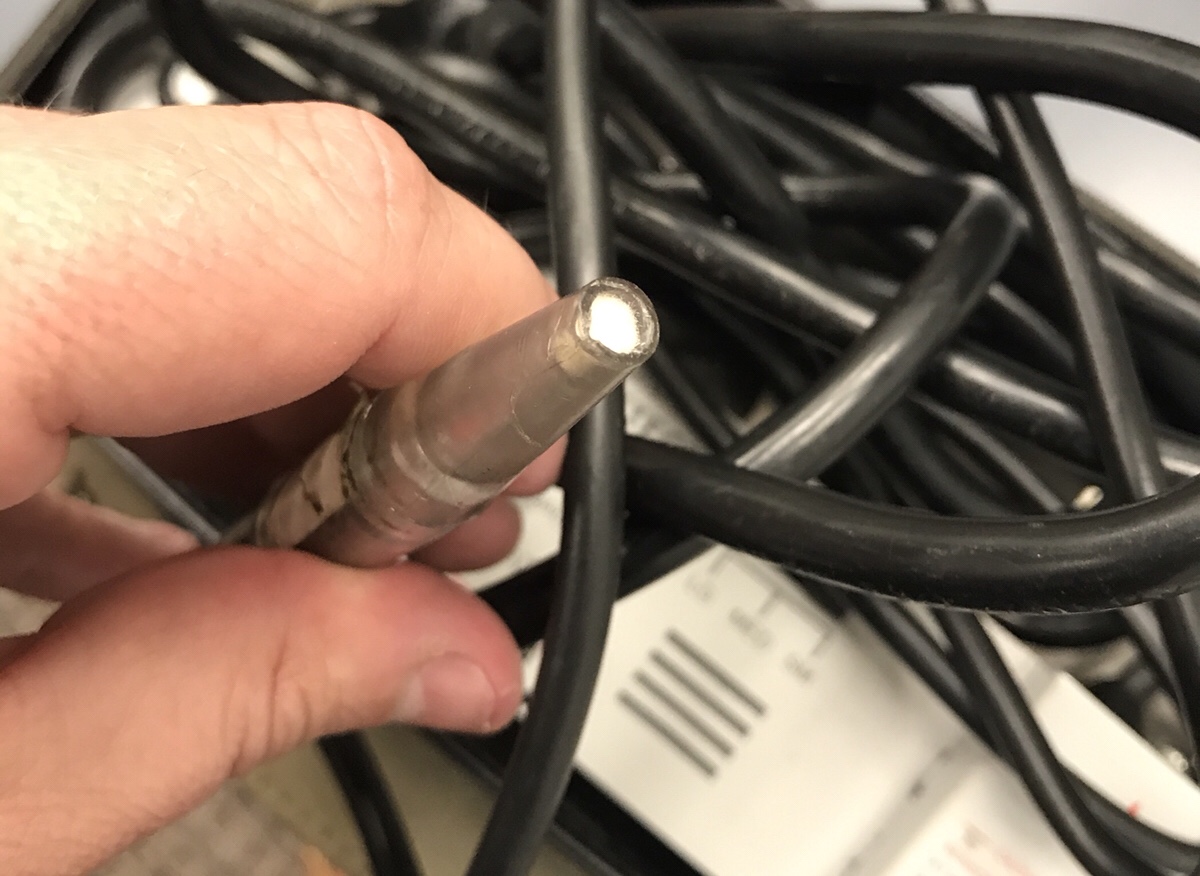
Leak detectors don't like moisture and dirt. Make sure to keep the rubber tip and filter on the end to help prevent creating a seal that pulls in moisture. Also, keep the detector off the floor and out of the dirt. If you ever DO get your detector wet, shut it off quickly, pull out the batteries (if it has them) and put them in a degassing chamber, and pull a vacuum on it. This will dehydrate the detector and can often save it.
Store it in a Safe Place
Leak detectors have sensitive pumps and sensors in them that can be damaged if they are handled roughly. Also, keep from kinking the hoses or probes, as this can cause leaks in the tube that will impact your reading and restrict flow to the sensor.
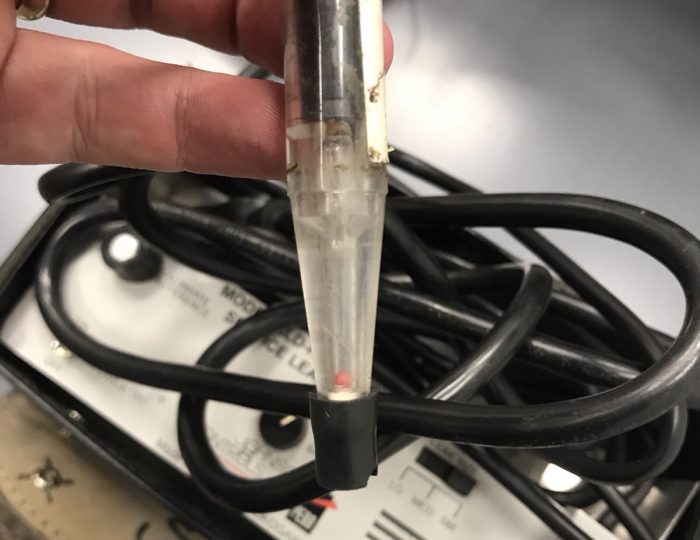
Confirm Flow
The H10 series of leak detectors have a red ball flow indicator in the probe. When I start the detector and allow it to warm up, the first thing I do is check the flow through the probe by pointing it down and seeing if the red ball floats.
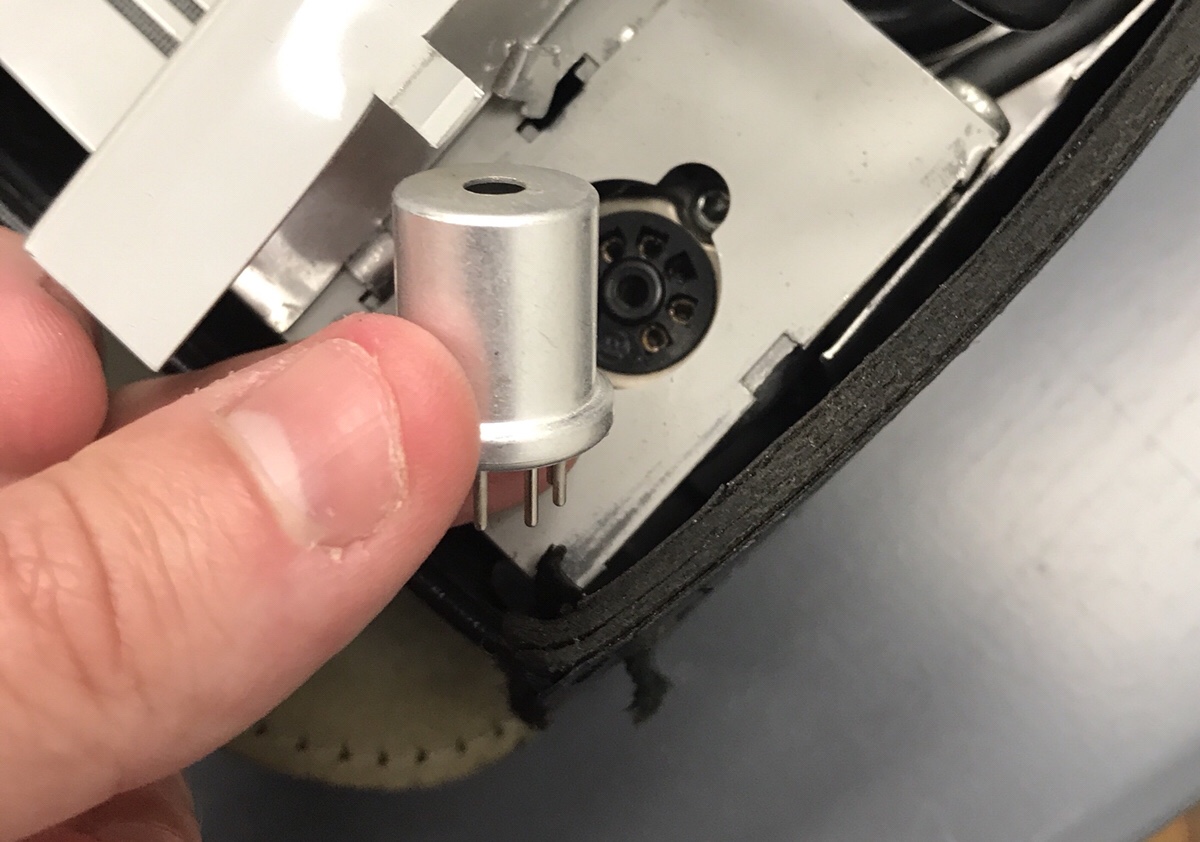
Check your Sensor
Make sure your sensor is properly connected, and on the H10, you can physically feel the heat from the sensor guard door when the unit is running.
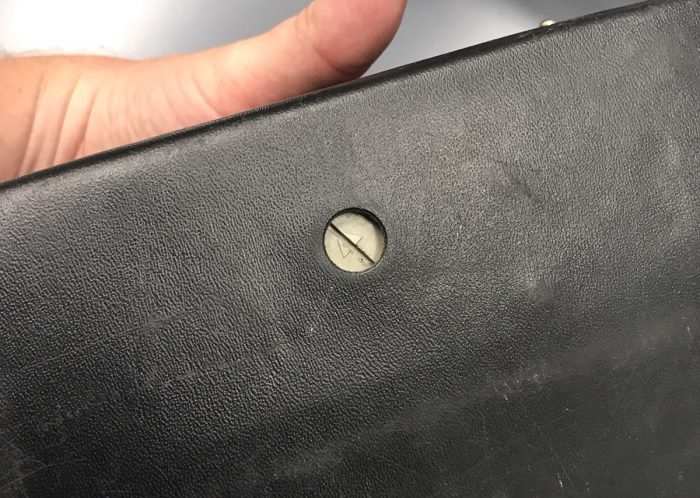
Adjust the Sensor
On the H10, you can use the adjustment on the bottom to increase the current through the sensor as it ages to maintain performance. Make sure to adjust it back to the starting point when you install a new sensor to extend the sensor's life.
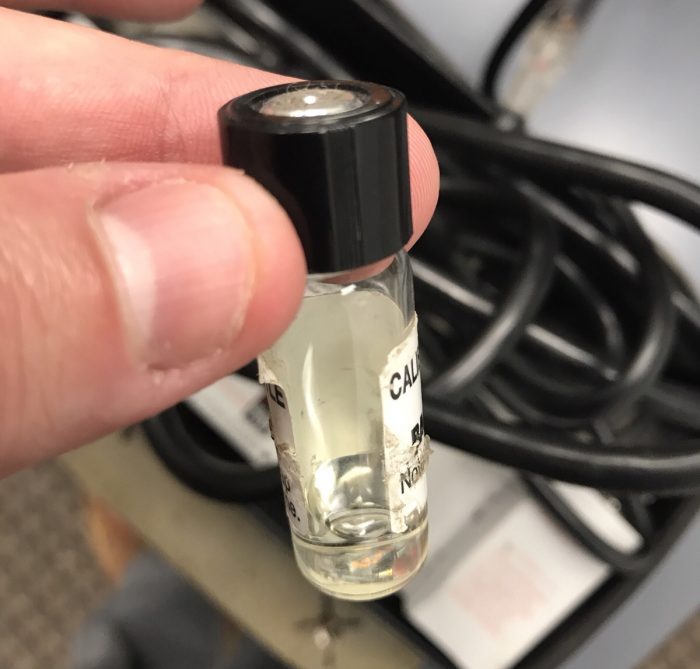
Use a Reference Leak
I see many techs attempt to use a bit of refrigerant out of a tank to test their leak detector. With most detectors having a published leak detection accuracy of 0.10 oz per/yr, this is a really rough way to test a detector. The best way is to use a tiny calibrated leak or a leak reference bottle like the one shown above to ensure that your detector will find small leaks and large ones.
If you treat your detector well and confirm its operation every time you use it, you should get great results and a long life.
—Bryan











Comments
Always test the detector with a reference leak such as the one in the article or better still the LS-4 reference leak. The LS-4 is a calibrated leak that can be screwed onto a refrigerant cylinder fitting. The advantage if you are trying to detect a leak on a R-404a refrigerant you can get an idea how well your detector will work detecting R-404a.
cfm Distributors, Inc. carries the LS-4 reference leak. Ask for Andy Dugan.
1104 Union Avenue
Kansas City, Mo 64101
1-800-322-9675
https://www.cfmdistributors.com/
Always test the detector with a reference leak such as the one in the article or better still the LS-4 reference leak. The LS-4 is a calibrated leak that can be screwed onto a refrigerant cylinder fitting. The advantage if you are trying to detect a leak on a R-404a refrigerant you can get an idea how well your detector will work detecting R-404a.
cfm Distributors, Inc. carries the LS-4 reference leak. Ask for Andy Dugan.
1104 Union Avenue
Kansas City, Mo 64101
1-800-322-9675
https://www.cfmdistributors.com/
To leave a comment, you need to log in.
Log In